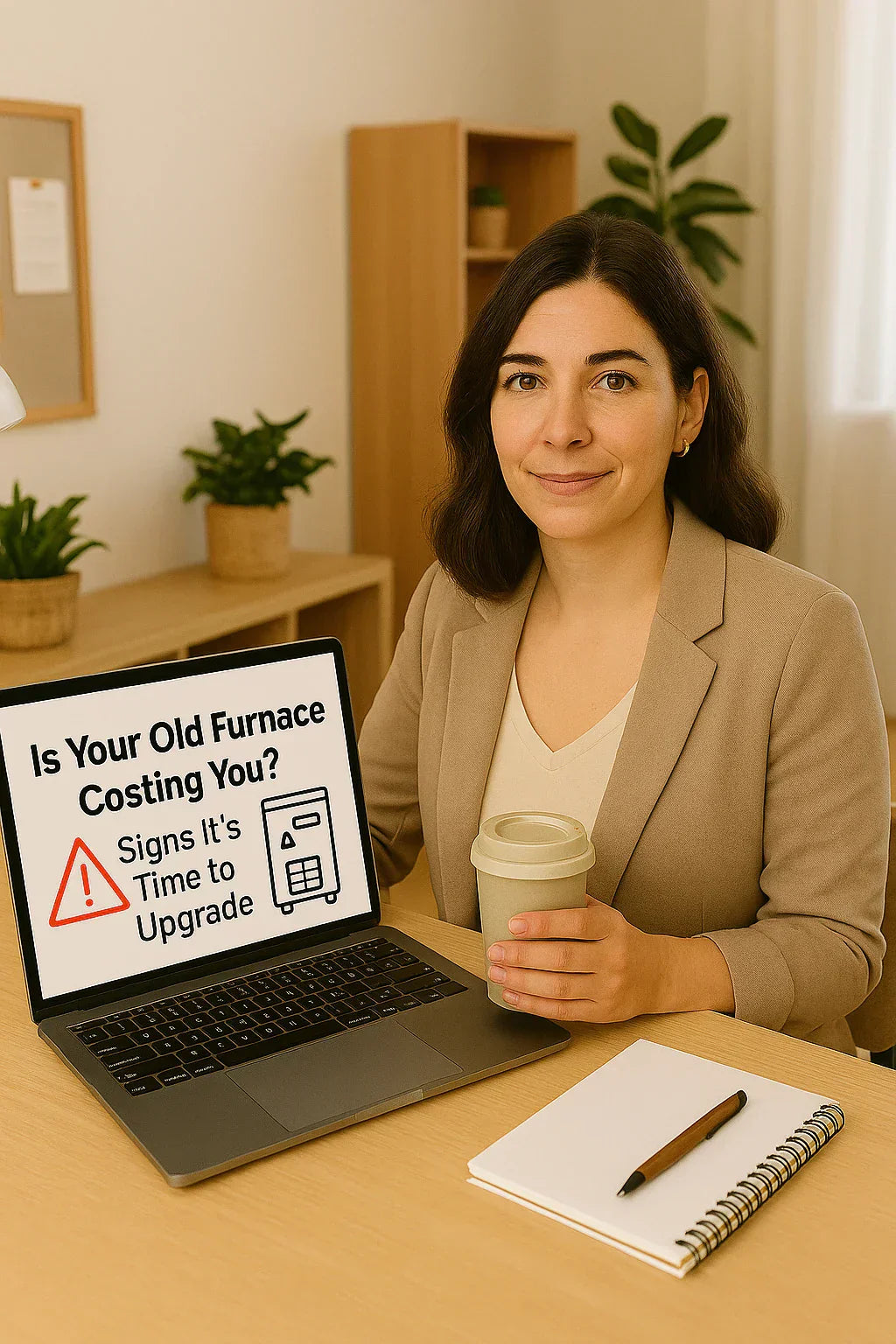🏠 Introduction: Know When Enough Is Enough
Many homeowners delay replacing their aging furnace to avoid upfront costs, but running an inefficient or failing unit can cost more in the long run.
In this Savvy Mavi guide, we’ll cover:
-
Clear signs your furnace is failing
-
Cost comparisons: repair vs replacement
-
Efficiency improvements with new models
-
How new furnaces can save you thousands
⏳ Typical Furnace Lifespan
| Furnace Type | Expected Lifespan |
|---|---|
| Gas | 15 - 25 years |
| Electric | 20 - 30 years |
| Oil | 15 - 20 years |
Proper maintenance can stretch these numbers, but every furnace eventually wears out.
🚩 Warning Signs Your Furnace Is Nearing the End
1. Rising Energy Bills
-
Older systems become less efficient.
-
You’re burning more fuel for less heat.
2. Frequent Repairs
-
If repairs cost over 50% of a new system, replacement makes more sense.
3. Uneven Heating
-
Cold spots, temperature swings, or constant adjustments.
4. Strange Noises
-
Banging, squealing, whistling, or humming often signal mechanical problems.
5. Visible Cracks or Rust
-
Especially on heat exchangers, which are costly and dangerous to repair.
6. Yellow or Flickering Flame (Gas Furnaces)
-
Indicates combustion problems or possible carbon monoxide issues.
7. Frequent Short Cycling
-
Furnace turns on and off rapidly, stressing components.
For safety concerns, consult the National Fire Protection Association.
💸 Repair vs Replacement: Cost Comparison
| Repair Type | Typical Cost |
| Igniter Replacement | $150 - $300 |
| Blower Motor | $400 - $1,200 |
| Heat Exchanger | $1,500 - $3,000 |
| Control Board | $300 - $700 |
| Full Replacement (Gas Furnace) | $5,000 - $8,500 |
Multiple major repairs within 2-3 years often signal replacement is more economical.
For updated averages, visit Furnace Repair Cost Guide.
🌎 Efficiency Gains With New Furnaces
| Furnace Type | Old AFUE | New AFUE |
| Standard Gas (Pre-1990s) | 60-70% | 95-98% |
| Electric | 100% (point-of-use) | 100% |
| Oil | 70-80% | 85-90% |
Newer high-efficiency models (like Goodman's GMVM97) dramatically reduce energy waste, paying back their cost over time.
🎯 Hidden Benefits of New Furnace Upgrades
-
Quieter operation
-
Improved indoor air quality
-
Advanced humidity control
-
Smart thermostat integration
-
Consistent temperature stability
-
Fewer emergency breakdowns
-
Eligible for tax credits and rebates (check Energy Star Rebate Finder)
🔬 Safety Risks of Delaying Replacement
-
Carbon monoxide poisoning
-
Fire hazards from failing parts
-
Excessive wear on aging electrical systems
Annual inspections from NATE Certified Technicians are crucial for safety on older systems.
🏅 The Savvy Mavi Takeaway
-
An aging furnace may be silently draining your wallet while increasing safety risks.
-
If your system is 15-20+ years old with frequent repairs, strongly consider replacement.
-
High-efficiency models offer significant long-term savings and comfort improvements.
-
Take advantage of rebates, tax incentives, and off-season pricing for best value.
By upgrading proactively, you ensure years of safe, efficient, quiet comfort.
In the next topic we will read about: Furnaces & Tax Credits: What Incentives Are Available in 2025?







